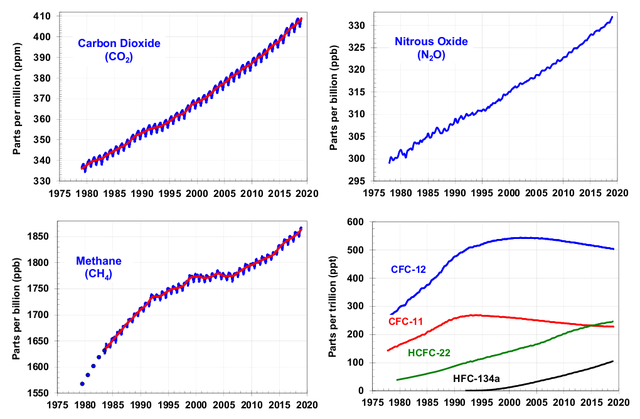At the time of writing, COP28 is still underway. There are serious doubts as to whether the conference will be a success. But it has put agriculture on the stage as one of the determining sectors. Yes, we can supply enough food to the world and deliver climate protection. But we need to take adequate action soon.

A focal point in national strategies
In an article for The Conversation, Paul Winters, professor of Global Affairs, University of Notre Dame, and executive director of the Innovation Commission for Climate Change, Food Security and Agriculture, sums up the most important measures for climate protection. More than 130 countries signed a declaration on Dec.1, declaring that their food systems will be made into a focal point in national strategies to address climate change. Important, as agriculture is held responsible for one-third of all greenhouse gas emissions from human activities.
As we described recently, food security is under threat. We cannot simply enlarge the global area devoted to food production. Because we already used most of the area fit for food production. Fortunately, innovations come our way that can ease the tension between what is required and what is possible. Winters highlights three measures, required for climate protection.
- Accurate, accessible weather forecasts
Extreme weather events are on the rise, partly exactly because of climate change. Better weather forecasts will help farmers to make adequate decisions on matters like planting, irrigating, fertilizing and harvesting. But in many low- and middle-income countries, adequate information is lacking.
Information can be made available through radio, text message or WhatsApp. This expected to pay off many times. For instance, adequate information on seasonal monsoon rainfall could tremendously help Indian farmers. The World Meteorological Organization’s Climate Services Information System might play an important role in such climate protection.
- Microbial fertilizers

Farmers might also make much more use of microbial fertilizers. These reduce the need for nitrogen fertilizer (an important source of greenhouse gases). Moreover, studies have found that microbial fertilizers could increase legume yields by 10% to 30% – adding much to the farmer’s income. Microbial fertilizers for other crops are in development.
A promising technique is the use of rhizobia. These bacteria infect the roots of legumes; these then process atmospheric nitrogen into a form that the plant uses for its growth. With rhizobia, plants need much less fertilizer, as demonstrated by soybean farmers in Brazil. This is a technique with great potential for climate protection that needs to be developed for other crops.
- Reducing methane from livestock
Livestock produce roughly two-thirds of agriculture’s greenhouse gas emissions. For instance, cows belch much methane. As the demand for beef is expected to rise sharply with growing global wealth, it is essential to reduce these emissions.
Agricultural innovation for climate protection
The Innovation Commission identified four other priorities for innovation:
- Helping farmers and communities implement better rainwater harvesting.
- Lowering the cost of digital agriculture that can help farmers use irrigation, fertilizer and pesticides most efficiently.
- Encouraging production of alternative proteins to reduce demand for livestock.
- Providing insurance and other social protections to help farmers recover from extreme weather events.
However, so far investment in adequate measures for climate protection has fallen short of what would be required to curb greenhouse gas emissions from agriculture. Nevertheless, the commission holds that such investments may have a very high social rate of return. Of course, they should be driven by policy, and preferably be supported by the sector and the general public. We hope that COP28 will help in spreading the message – and in financing the measures required.
Interesting? Then also read:
Against desertification
Perspectives for agriculture – the new farming
Rapeseed as a frontrunner in agricultural innovation

